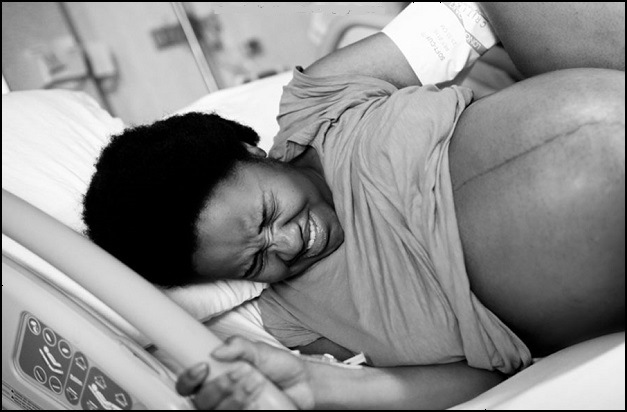Braxton Hicks Or Labor Contractions? Learn How to Tell the Difference

Braxton Hicks contractions are also called “warm- up” or “toning” contractions.
This is your body’s way of preparing the uterus for labor. Understanding certain things about Braxton Hicks contractions, like when they occur, what they’re like, and how to relieve them, as well as how your true labor contractions will differ, can help you interpret what is occurring in your body, and when it’s really time to go to the hospital.
When Do Braxton Hicks Contractions Start During Pregnancy?
Any time from the 20th week of pregnancy, these false contractions start. Some women feel them early, others may not experience any until the later weeks of pregnancy. Some may not even feel anything up until the day they deliver. In second and third pregnancies however, some mothers say their Braxton Hicks contractions start much earlier.
What Do Braxton Hicks Contractions Feel Like?
It starts off very mildly, and increases in strenghth and occurrence as the pregnancy advances. This is how some expectant mothers confuse them with real labor. It has often been described as a tightening sensation across the uterus. Real labor contractions dilate the cervix. Braxton Hicks contractions only happen to tone the uterus and do not cause the cervix to dilate. Find below some characteristics of real labor contractions and Braxton Hicks.
- They feel like a tightening across the front of the uterus while, True labor contractions, on the other hand, wrap from the top of the abdomen down, and wrap across the front of the abdomen and around the back.
- The length and frequency of Braxton Hicks contractions are very irregular while, True labor contractions occur at regular intervals and last for at least thirty seconds. Real contractions will also grow longer and closer together.
- Braxton Hicks contractions usually remain fairly weak and the intensity doesn’t change, while true labor contractions grow increasingly intense.
- If you’re sitting down and having Braxton Hicks contractions, they will usually go away if you get up and walk around. If you’ve been moving around, the opposite is true while actual contractions, on the other hand, do not go away with changes in activity.
What Causes Braxton Hicks Contractions?
They usually occur without any reason, there are still some known life factors that cause women to have Braxton Hicks contractions:
- Strenuous exercise or activity
- Dehydration
- Sex, particularly orgasm
- Someone touching the mother’s belly
Signs of Early Labor
If you are close to your due date and are experiencing contractions, you should know the signs of early labor that accompany true labor contractions:
- Lower back ache or pain in your abdomen or pelvis
- Loose stools
- Brown-tinged mucous
- Watery discharge
- Increased urination
If you experience any of these signs along with regularly occurring contractions, you are probably in labor and may need to go to the hospital PRONTO.



Thanks for sharing
Thanks MIM
Nice one.
thnks mim
You actually make it appear so easy together with your presentation however I in finding this matter to be really something which I believe I’d never understand. It seems too complicated and very vast for me. I am looking forward to your subsequent publish, I’ll attempt to get the hold of it!|